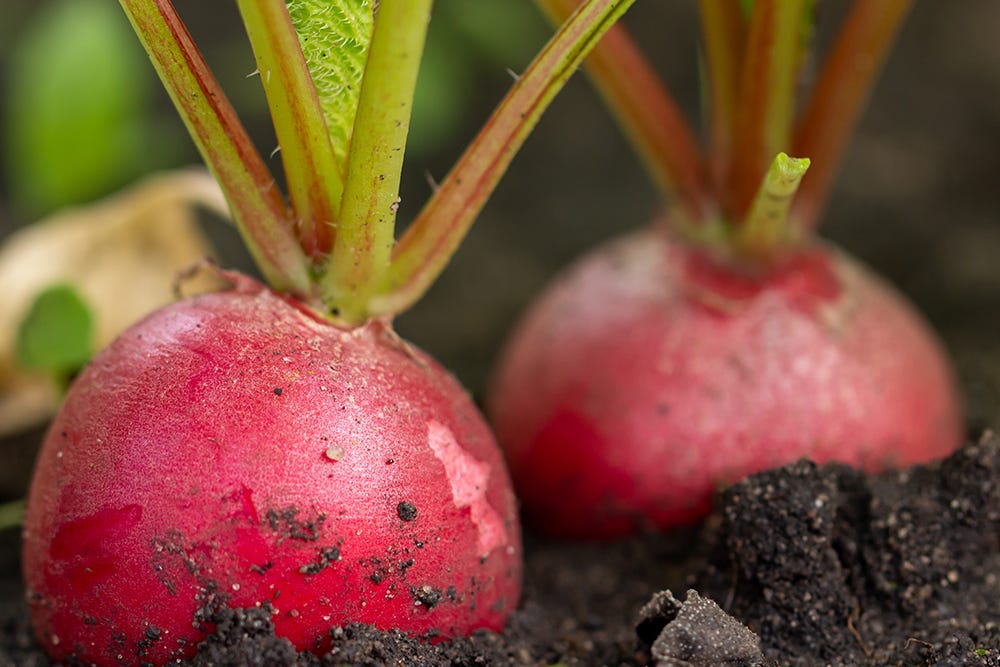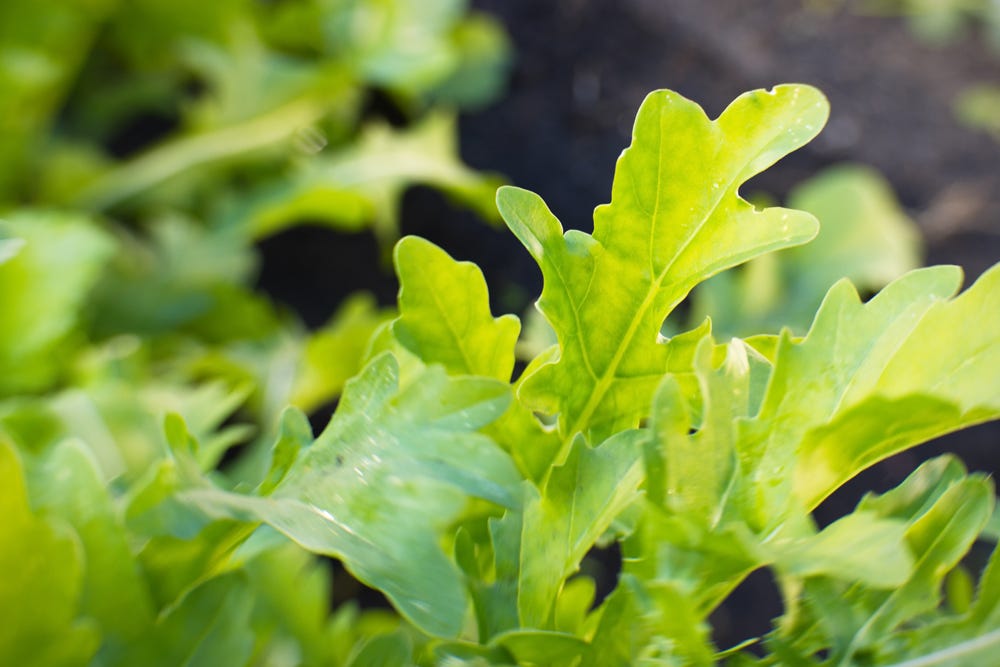- Maintenance tips & tricks
- 4-season garden care advice
- News from the gardening world
- STIGA innovations & new product launches
The best seeds to sow in September
Early Autumn isn’t too late to plant or sow seeds. And many crops do really well when started in September – producing earlier harvests next spring and summer. Check out our tips on what to grow, and planting methods.

Choose a sheltered, sunny spot for growing vegetables to protect them from cold winds. And keep the soil free-draining so that plants aren’t left sitting in icy water.
Bountiful broad beans
Easy to grow outdoors from seed in raised beds and large pots. Broad beans are very tasty in soups, stews and salads. We recommend a variety called Aguadulce Claudia, which establish over winter, ready for cropping the following spring.
-
Fork in plenty of compost or manure and rake the surface to a fine, crumbly texture.
-
Mark out deep drills, 20cm apart, and sow the seeds 5cm deep.
-
Cover with soil, firm down and water in well. Seedlings should appear in a few weeks. Protect from birds and squirrels by placing netting over the sown area.
-
As soon as the flowers appear, pinch out growing tips to prevent blackfly attacks.
-
Stake taller broad bean varieties and wrap rows of string around the supports.
-
For the most tender beans, harvest the pods at 6cm long.
Quick-growing radishes
It only takes three to six weeks for this crisp, crunchy vegetable to be ready for pepping up your autumn salads. The young leaves make a particularly delicious microgreen.
-
Sow seeds at weekly intervals directly into finely raked soil. Put protection in place to keep slugs and snails away.
-
Water regularly and thin out seedlings by 2.5cm to help roots form.
-
Grow radishes in between rows of other, slower growing crops – your row of radishes will help to suppress unwanted weeds.
Glorious garlic
If the conditions are right, you can plant garlic from September, even in Northern Europe.The cloves also benefit from a period of cold, which helps the roots and shoots develop properly.
-
The hardneck variety is best for cooler climates. It has fewer cloves per bulb compared to the softneck type seen in supermarkets, but are generally hardier.
-
Choose a warm, sunny spot and use a dibber to make holes, 15cm apart, in well-prepared, fertile soil.
-
Plant the fat end of each clove downwards, the pointy end 2.5cm below the soil surface.
-
Lay over bird netting or horticultural fleece until the shoots are 5cm tall.
-
Harvest from July onwards, once the top growth starts to die back.
Tasty winter salad
You can sow salad crops right through to mid-September – directly into the soil while it’s still warm. Some of our winter favourites are mustard leaf, mizuna, lamb’s lettuce, wild rocket, and the more unusual purslane.
-
Sow seed outside in a sheltered spot outdoors or in pots.
-
Plant out seedlings in rows 20cm apart, spaced at 10cm intervals, and water well.
-
For best results, cover plants with a sturdy cloche to help them reach perfect picking size before the cold sets in.
You can also sow winter salad seeds in pots or window boxes. Do this every week for a continuous supply of fresh leaves, just outside your kitchen door.

Plenty of sunshine and warm, late summer temperatures make August the ideal month for sowing certain seeds and planting out. Here are some tips on what to grow and how – for bountiful crops this winter and into next spring.



















